What You Need To Know About Pruning Hydrangeas In Fall – Before You Pick Up Your Pruners
Should pruning hydrangeas in fall be part of your end-of-season checklist? It depends. Here's everything you need to know before you make the cut.

Is pruning hydrangeas in fall a good idea? It’s a question on many gardeners’ minds. Hydrangeas are workhorse shrubs in the landscape, producing loads of flowers without much maintenance. But improper pruning can ruin an entire season of blooms.
My hydrangea care rules are simple: plant, water, prune, and enjoy. The only complicated part of the equation is figuring out how and when to prune hydrangeas. So should you start cutting back hydrangeas in fall? It depends. Let’s take a look at all the elements you need to consider before making the cut.
In Praise of Hydrangeas
I try not to have favorites among my garden shrubs, but it’s not easy. Hydrangeas are my besties, thriving in both of my homes—San Francisco’s Mediterranean-like climate as well as in the French Basque country. The soil in coastal California is sandy, while my garden in the foothills of the Pyrenees is rocky, but my hydrangeas remain the stars of the garden from spring to fall.
There are many different types of hydrangeas, each with its own special features. But all offer loads of flowers for very little work. Basic hydrangea care is quite simple, no matter what variety you want to grow.
Perhaps the most popular variety is the bigleaf hydrangea (Hydrangea macrophylla), better known as mophead hydrangeas. These are the ones with flowers as big as grapefruits that change colors as the acidity of the soil changes.
There are also panicle hydrangeas (Hydrangea paniculata), another name for the popular PeeGee hydrangea, and smooth hydrangeas (Hydrangea arborescens), known for the famous ‘Annabelle’ variety. Native varieties also include the oakleaf hydrangea (Hydrangea quercifolia), a hardy type with striking blood-red fall foliage.
I grow all of these, nurture them, water them, and prune them. But I do not prune them all at the same time.
Gardening tips, videos, info and more delivered right to your inbox!
Sign up for the Gardening Know How newsletter today and receive a free copy of our e-book "How to Grow Delicious Tomatoes".
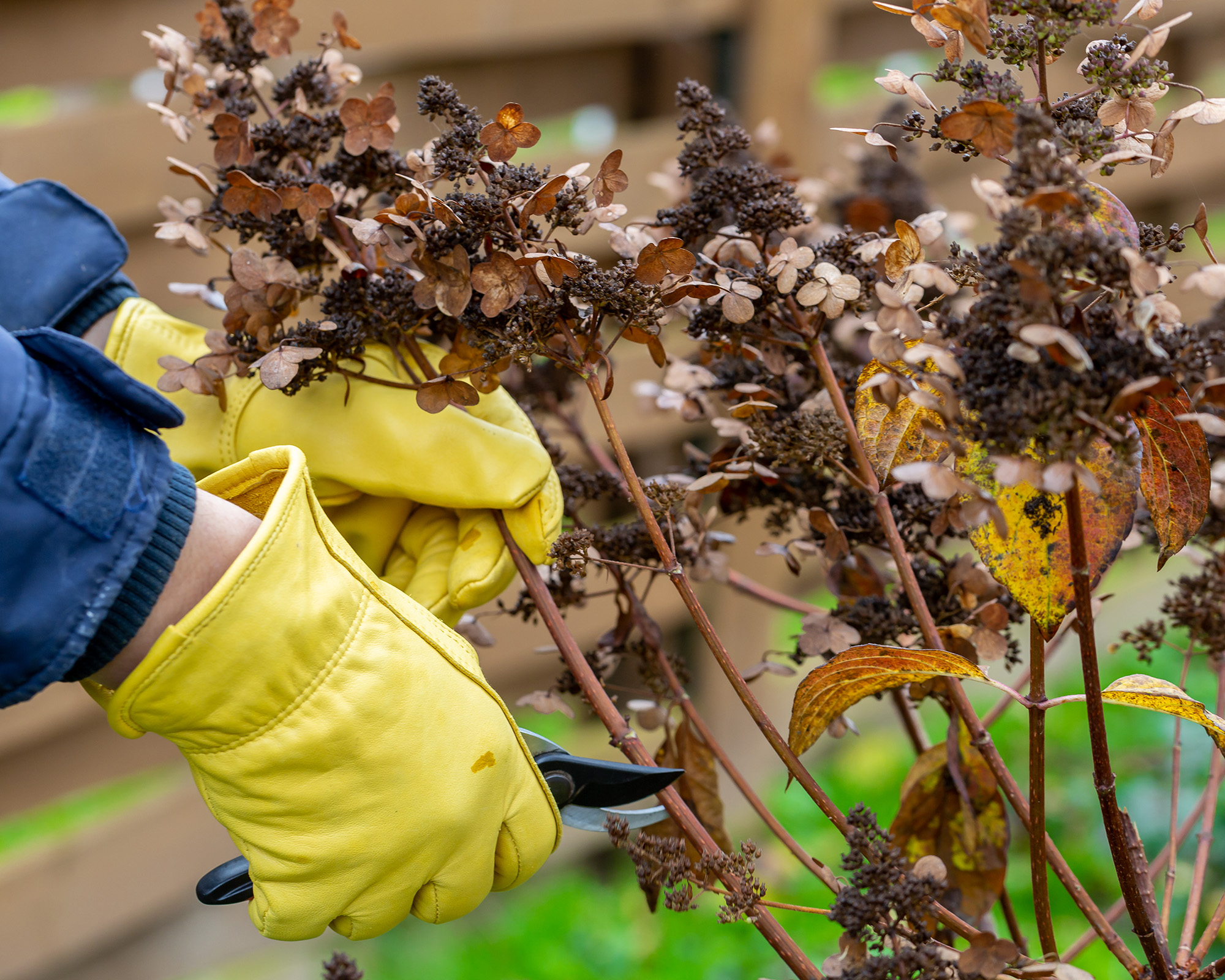
Should You Cut Back Hydrangeas in the Fall?
Many gardeners like to keep their hydrangea shrubs neat and compact. That requires pruning them every year or two. Pruning hydrangeas in fall makes sense since the flowers are fading or faded and the bushes go dormant during the cold season. But determining whether or not you should cut back a hydrangea in fall depends on what variety you have.
Don’t make the same rookie mistake I once made, or else you’ll spend all summer wondering why your hydrangea isn’t blooming. Learn whether your hydrangea blooms on new wood vs. old wood. All hydrangeas fall into one of these two categories—with a few exceptions for newer reblooming hydrangea varieties that produce flowers on both new and old wood.
Hydrangea varieties that bloom on new wood produce all the buds that will become flowers during the spring before they bloom. Hydrangeas that bloom on old wood, though, are a different story.
These varieties produce buds on woody growth from the year before they turn into actual flowers. That means the stems you see on your shrub in late fall already contain next year’s flowers. If you prune your shrub too late in the fall, you will cut off next year’s blooms.
Prune These Hydrangeas in Late Summer or Early Fall
These varieties bloom on new wood or a combination of new and old wood. Prune them as soon as blooms fade in late summer or early fall. If you see buds forming on old branches, don’t prune. Those are next year’s flowers. If you miss your window in early fall, wait until spring to cut out any dead or crossing branches.
Here are the hydrangeas you should prune in late summer or early fall:
Hydrangea Macrophylla
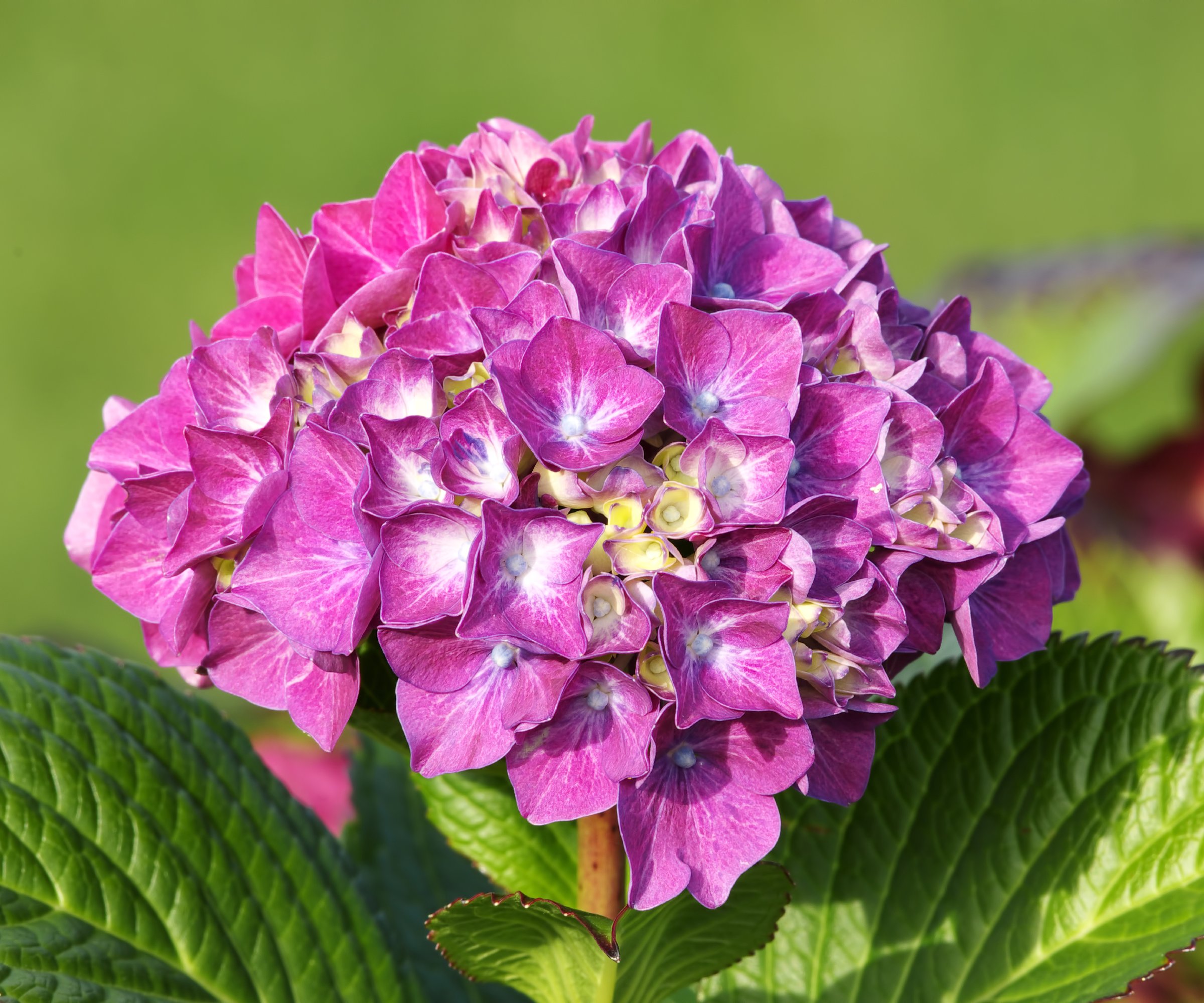
Hydrangea macrophylla, which includes mophead hydrangeas and lacecap hydrangeas, is a tricky group. All varieties bloom on old wood. But some reblooming varieties, especially newer introductions, bloom on both old and new wood. You should only prune these types of hydrangeas just after the flowers have faded in late summer or early fall.
The same rule applies when pruning ‘Endless Summer’ hydrangeas and other reblooming varieties. Prune just after flowers fade, usually in late summer or early fall.
Oakleaf Hydrangeas
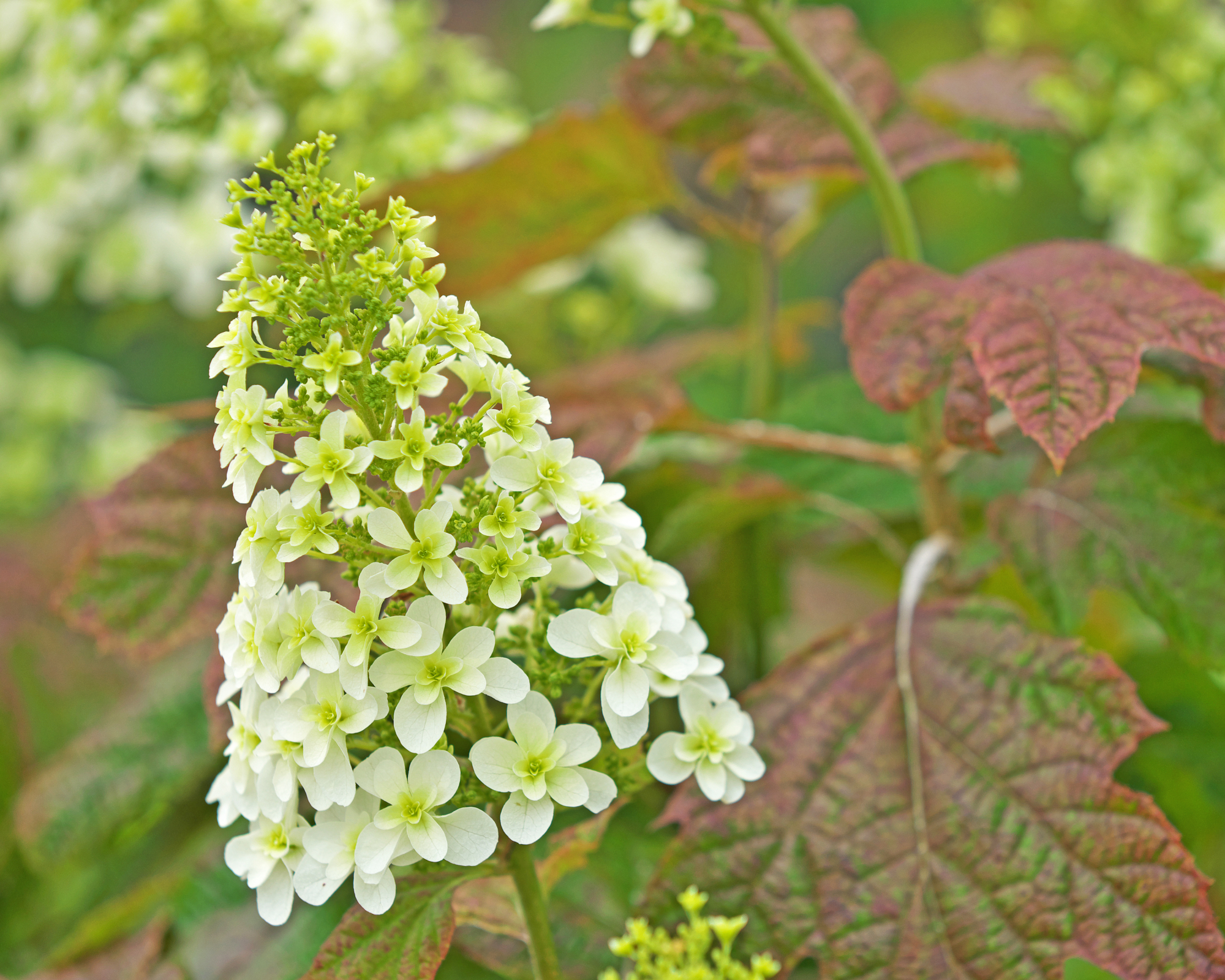
Oakleaf hydrangeas bloom on old wood. For this reason, it's important to prune just as the season's flowers are fading in early fall and no later. Otherwise you risk cutting off next year’s blooms.
Prune These Hydrangeas in Fall or Early Spring
These varieties bloom on new wood. You can prune them in fall without the risk of cutting off next year’s blooms. But it’s better to prune them in early spring to avoid any winter injury.
Here are the hydrangeas you should prune in fall or early spring:
Panicle Hydrangeas
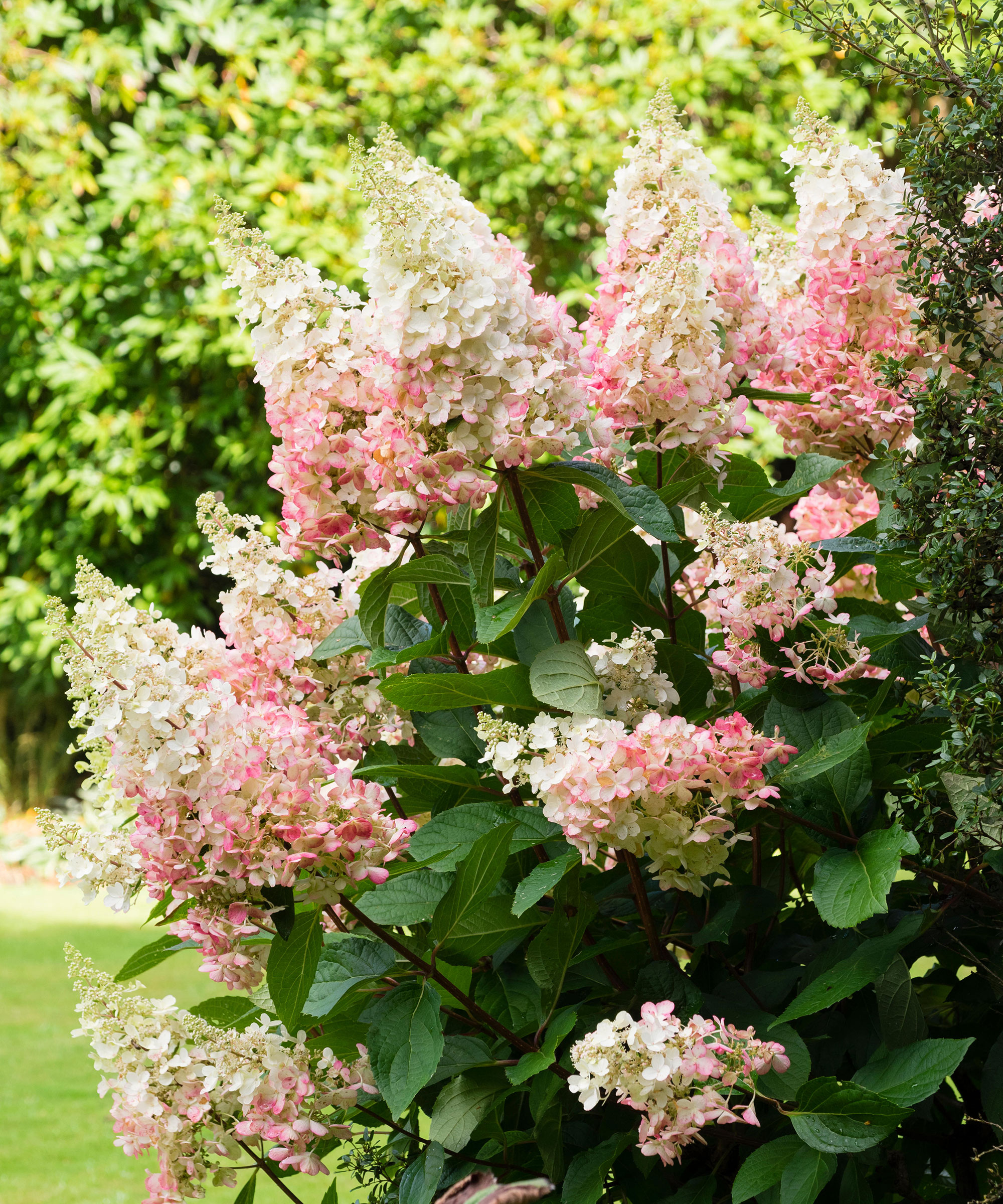
There are many varieties of panicle or PeeGee hydrangeas and all of them bloom on new wood. You can prune this group in fall or very early spring. Our in-house hydrangea expert Amy Draiss highly recommends waiting until spring to trim to reduce the risk of injury.
Smooth Hydrangeas
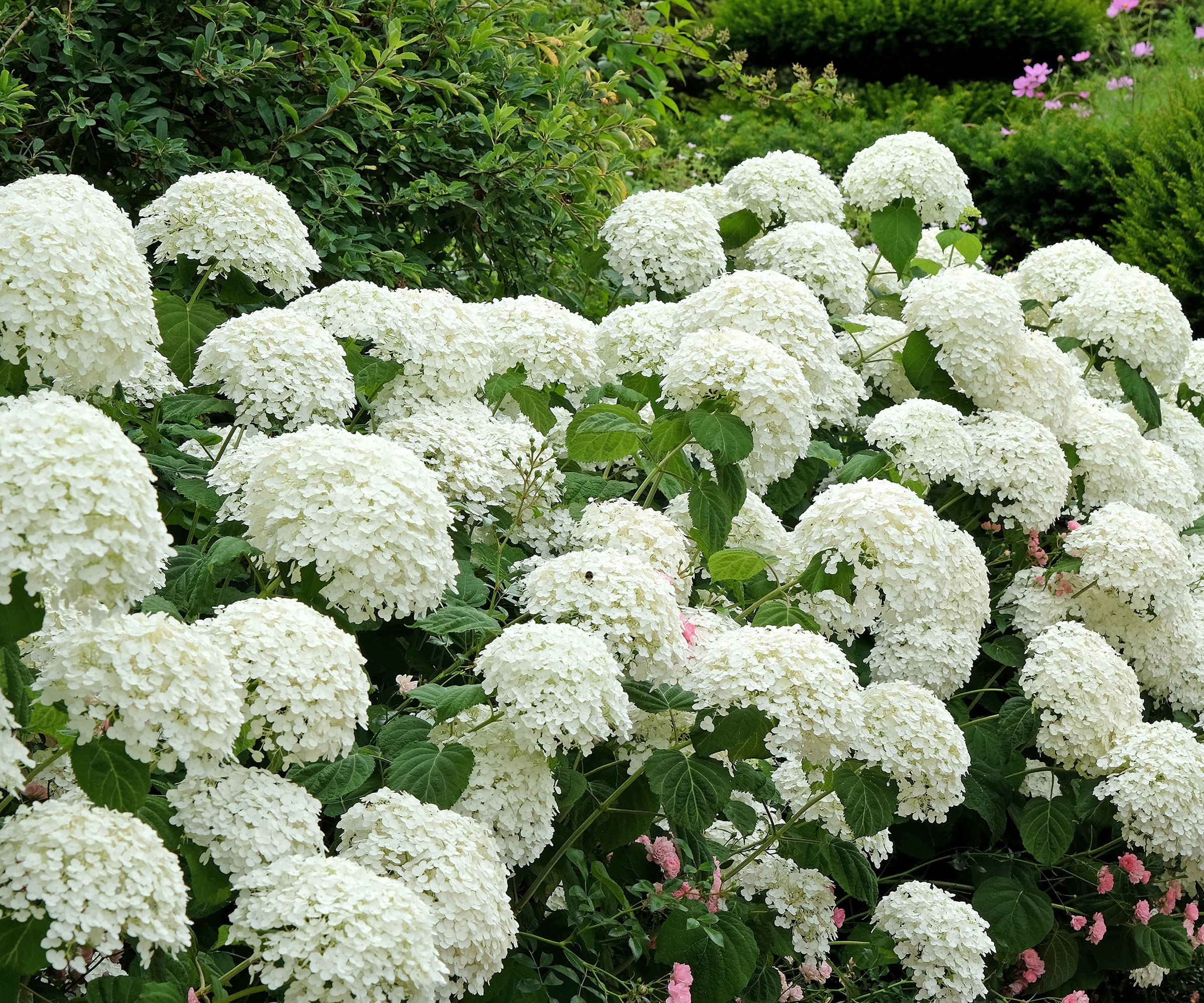
Smooth hydrangeas or Hydrangea arborescens also bloom on new wood. Just like the last group, you can prune these in fall, but Amy also recommends waiting until early spring before making any cuts.
How to Trim Hydrangeas in the Fall
Pruning hydrangeas is a matter of choice. It’s a good practice to prune hydrangeas and other shrubs to get rid of dead, diseased, or crossing stems. But if your hydrangea looks healthy and you planted it in a location where it can grow to its mature size, then pruning is mostly unnecessary.
If your hydrangea is a tree form variety, the pruning process differs slightly from typical shrub types, though the timing is the same as for panicle varieties. Pruning tree hydrangeas in early spring is ideal.
Frequently Asked Questions
How far do you cut back hydrangeas in the fall?
That is a matter of personal preference. You can cut them down to the ground every fall, but they may weaken and require staking.
What happens if you don't cut back hydrangeas?
If you plant in a spot with plenty of room, allowing the hydrangea to reach its full size without pruning is a great idea. Over time, though, you may want to shape it.

Teo Spengler is a master gardener and a docent at the San Francisco Botanical Garden, where she hosts public tours. She has studied horticulture and written about nature, trees, plants, and gardening for more than two decades. Her extended family includes some 30 houseplants and hundreds of outdoor plants, including 250 trees, which are her main passion. Spengler currently splits her life between San Francisco and the French Basque Country, though she was raised in Alaska, giving her experience of gardening in a range of climates.
- Laura WaltersContent Editor
- Amy DraissDigital Community Manager
-
 Looking For Plants To Give You The Soft And Fuzzies? Try These 5 Fuzzy Leaf Plant Options
Looking For Plants To Give You The Soft And Fuzzies? Try These 5 Fuzzy Leaf Plant OptionsLovers of texture, drama, silver foliage and tactile plants will adore these special sensory garden additions. These fuzzy leaf plant options will leave you all aglow
By Susan Albert
-
 Get Ready For A Summer Of Hummers! Grow These Full Sun Hummingbird Plants and Flowers
Get Ready For A Summer Of Hummers! Grow These Full Sun Hummingbird Plants and FlowersIf you’re lucky enough to enjoy a sunny backyard, make sure you are maxing out on your pollinator opportunities and grow these full sun hummingbird plants and flowers
By Tonya Barnett
-
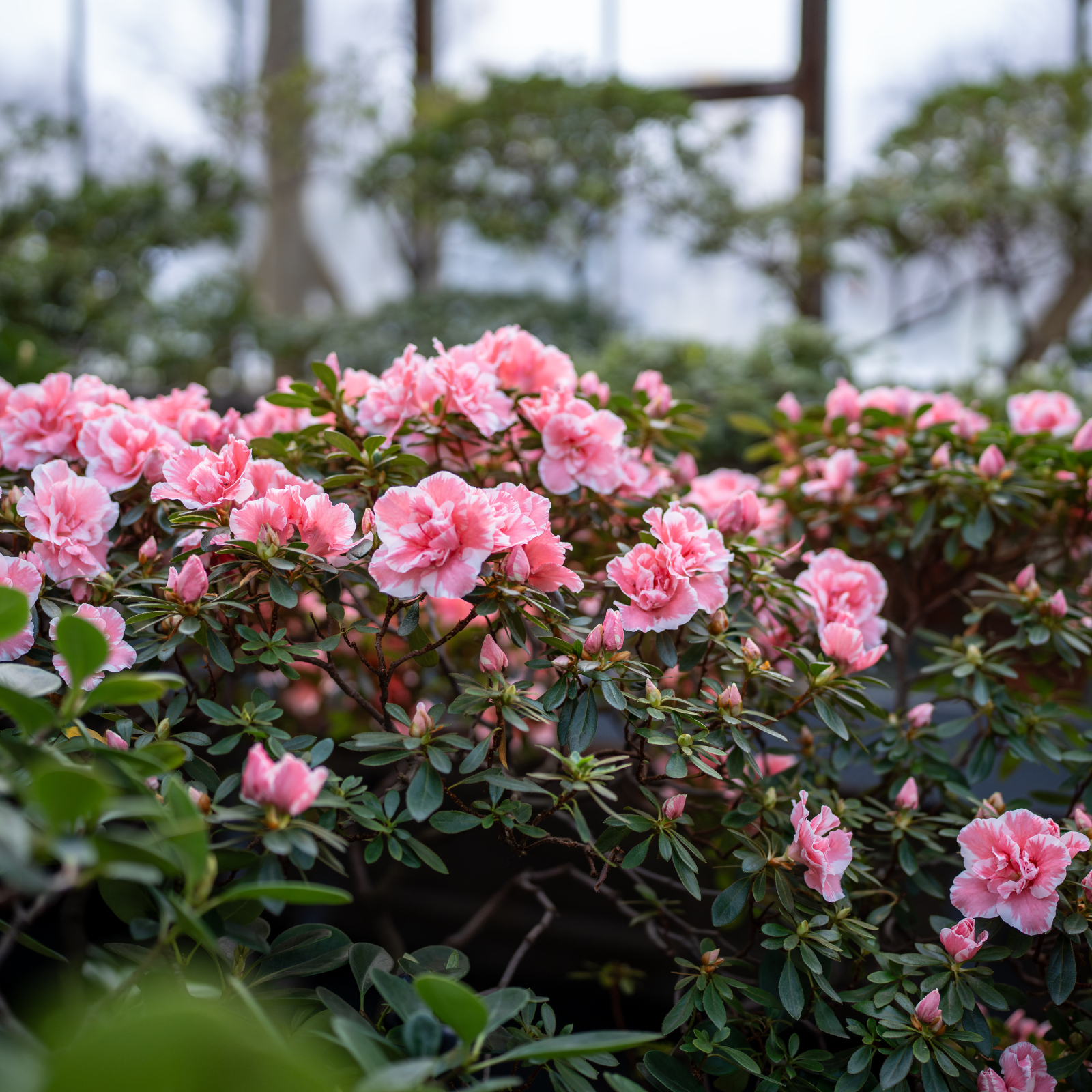 What Is The Size Of An Azalea? Explore Different Varieties That Will Suit Every Garden
What Is The Size Of An Azalea? Explore Different Varieties That Will Suit Every GardenThe size of azaleas can vary widely because they have been selectively bred for different landscape needs. Check out our picks for each size category.
By Mary Ellen Ellis
-
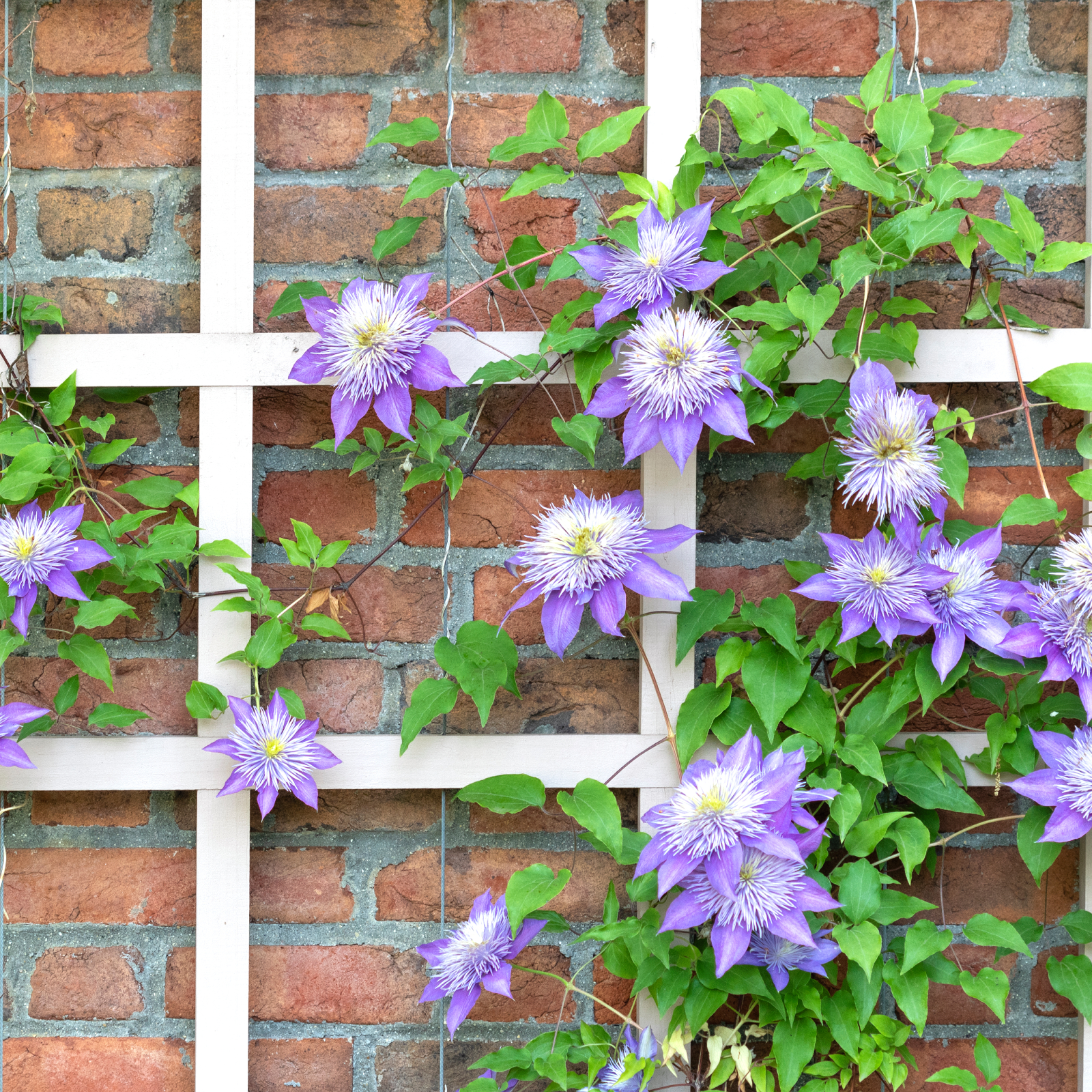 5 Fabulous Fast-Growing Vines – That Will Quickly Climb Any Arbor, Trellis, Or Fence
5 Fabulous Fast-Growing Vines – That Will Quickly Climb Any Arbor, Trellis, Or FenceThese fast growing vines are perfect for covering any eyesores in your yard or creating a living fence. They will provide great visual interest, as well.
By Amy Grant
-
 When To Plant Roses: The Best Time For Your Climate And Rose Type
When To Plant Roses: The Best Time For Your Climate And Rose TypePlant your roses at the right time and you will be rewarded with decades of glorious summer flowers – but get it wrong and you'll be crying over dead shrubs.
By Teo Spengler
-
 Spectacular Early Blooming Shrubs: 6 Sparkling Spring Flowering Bushes
Spectacular Early Blooming Shrubs: 6 Sparkling Spring Flowering BushesWant to kickstart your gardening year with dazzling spring flowering bushes for beds and borders? These unique early bloomers are sure to help you rise and shine!
By Teo Spengler
-
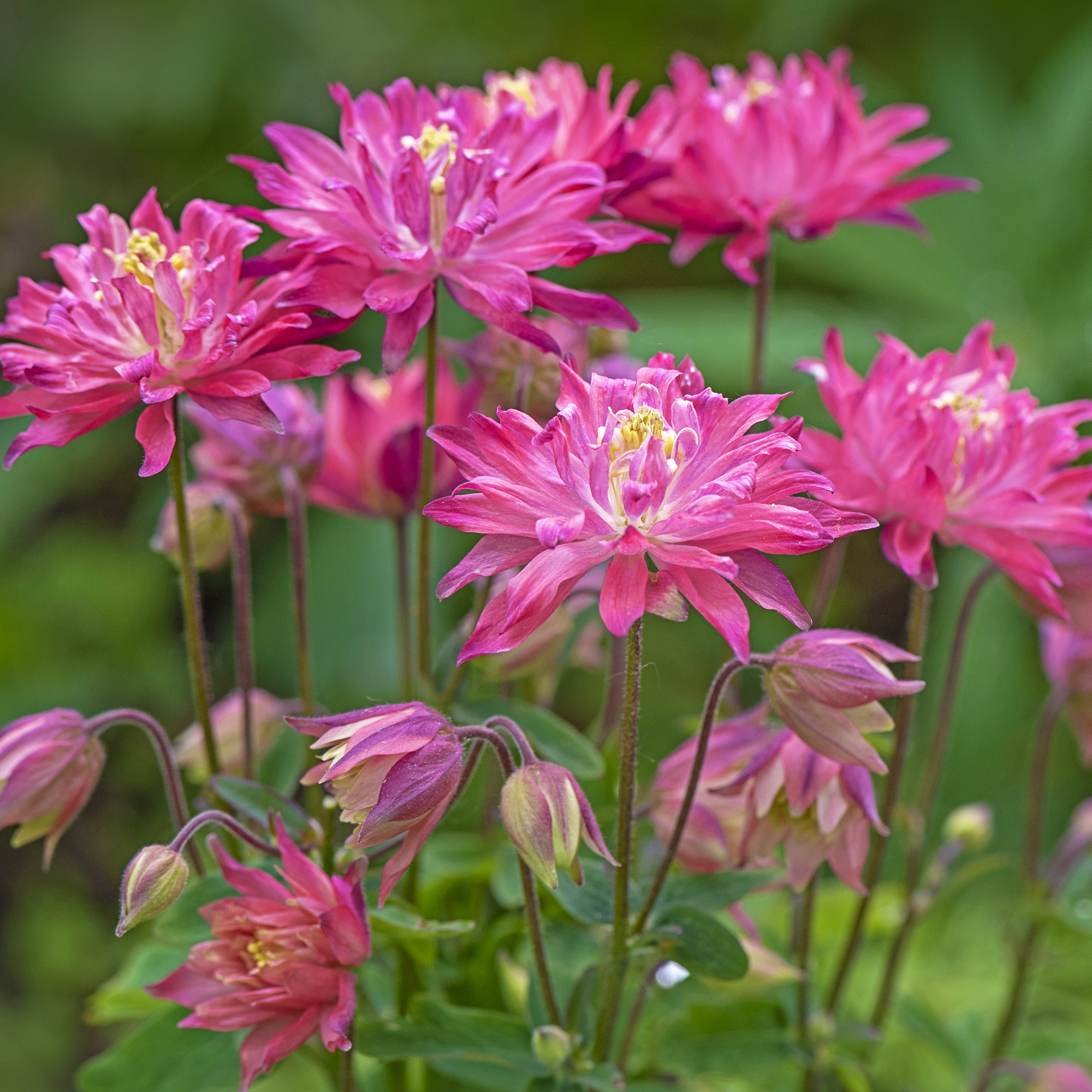 7 Shade-Loving Flowers To Start From Seed Now For A Stunning Summer Garden
7 Shade-Loving Flowers To Start From Seed Now For A Stunning Summer GardenTurn shady spots into vibrant new garden spaces with lovely and illuminating shade-loving flowers.
By Ellen Wells
-
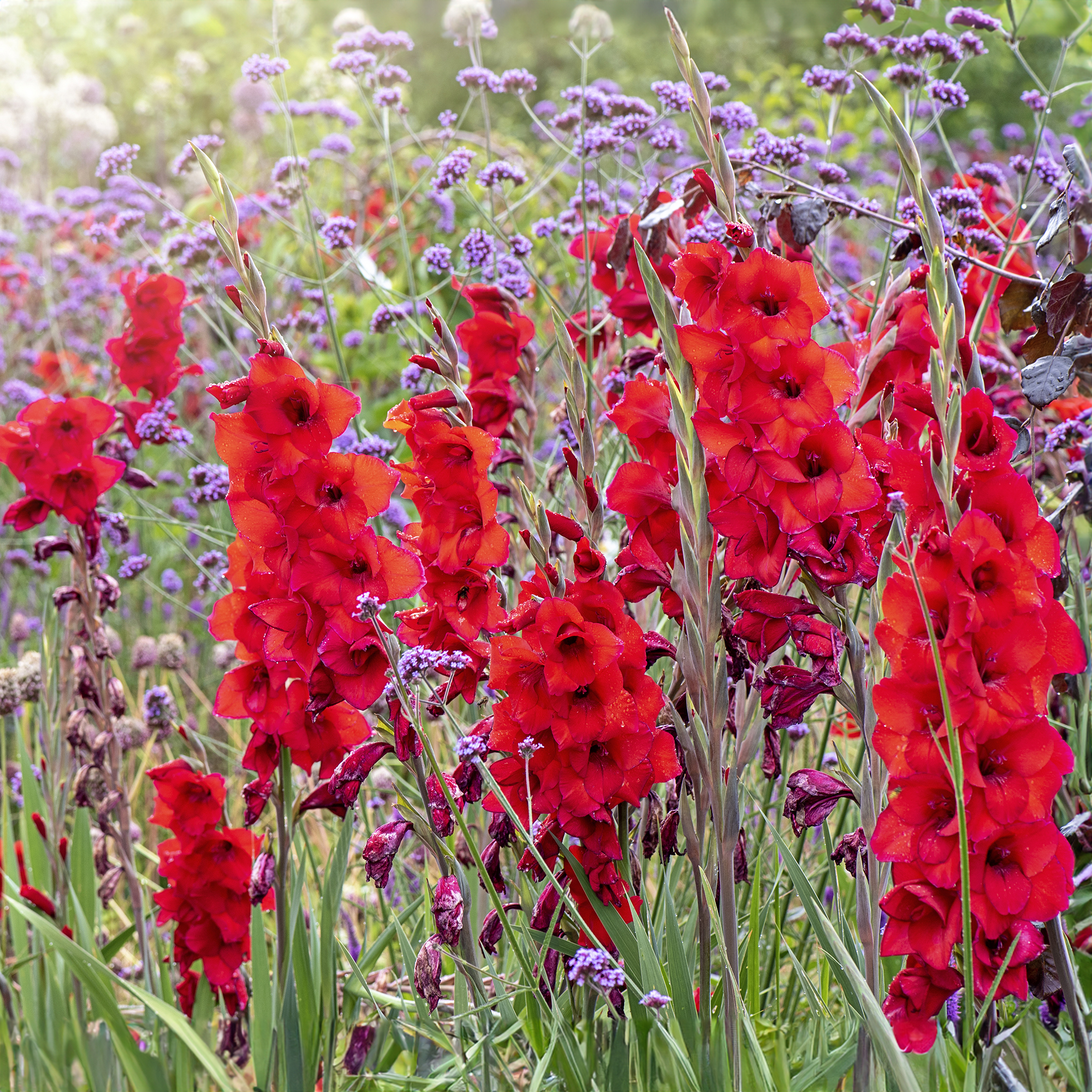 7 Summer-Blooming Bulbs To Plant In Early Spring: Don't Miss Months Of Glorious Flowers!
7 Summer-Blooming Bulbs To Plant In Early Spring: Don't Miss Months Of Glorious Flowers!Get a head start on stunning summer blooms with these easy-to-plant bulbs – act early and you will enjoy vibrant flowers that last for months on end.
By Mary Ellen Ellis
-
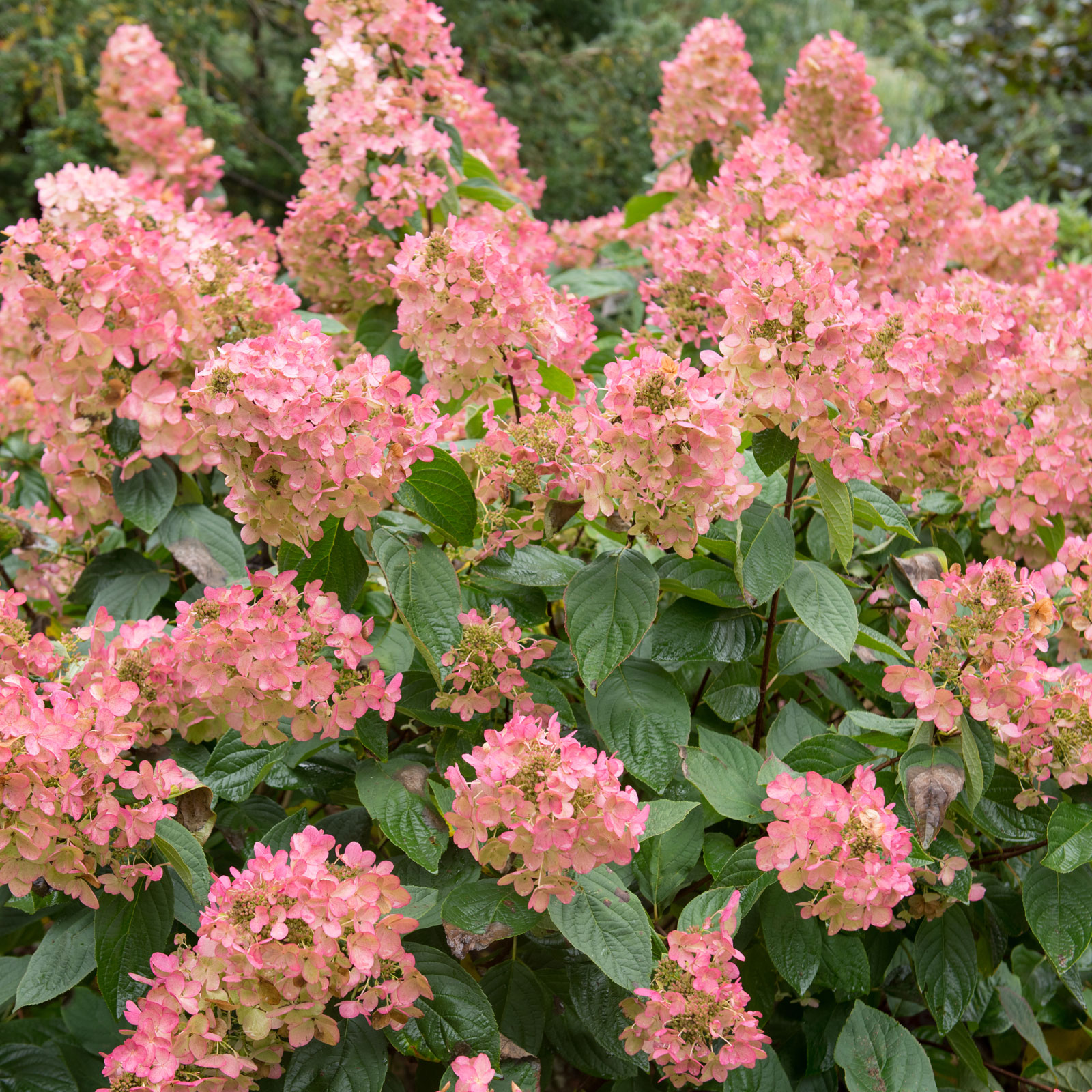 Quick Fire Hydrangea – The Elegant, Easy-Care Shrub Every Gardener Needs In Their Landscape
Quick Fire Hydrangea – The Elegant, Easy-Care Shrub Every Gardener Needs In Their LandscapeIf you’re after an early flowering panicle hydrangea that offers plenty of floral variety, the Quick Fire hydrangea goes big on visual dynamics from early summer to fall
By Tonya Barnett
-
 8 Rare Orchids That Make Stunning Houseplants – Some Are Surprisingly Easy To Grow
8 Rare Orchids That Make Stunning Houseplants – Some Are Surprisingly Easy To GrowDiscover unique orchids that will add exotic beauty to your home. Some make easygoing houseplants, while others offer a challenge for more seasoned growers.
By Melanie Griffiths